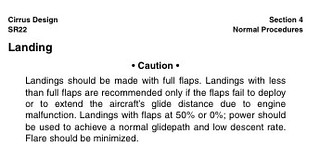Of course. But in the flare, with the airplane a few inches above the runway for maybe 100 feet, the flight path is essentially the same as the runway surface.
True, if you carry enough speed into the flare to float 100 feet. What I meant was that you can land 3 point fully stalled (not the smoothest landing as I said) if you don't round out... as done by many a novice pilot or STOL hero.
My Hatz likes to land slightly tailwheel first. It will easily take off in a 3 point attitude.






